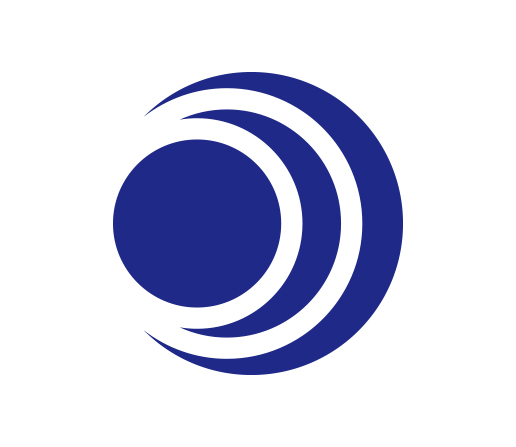Marktech Optoelectronics Announces New InGaAs Quad and Array Photodiodes for Laser Alignment and Position Sensing Applications

September 21, 2022 – Latham, NY, USA – Marktech Optoelectronics, Inc. (www.marktechopto.com)(Marktech), a privately-held leading designer and manufacturer of standard and custom optoelectronics, including UV, visible, near-infrared (NIR), and short-wavelength infrared (SWIR) emitters, detectors, InP epi wafers, and other compound semiconductors, today announced their offering of cutting-edge InGaAs quadrant and array photodiodes for laser alignment […]






